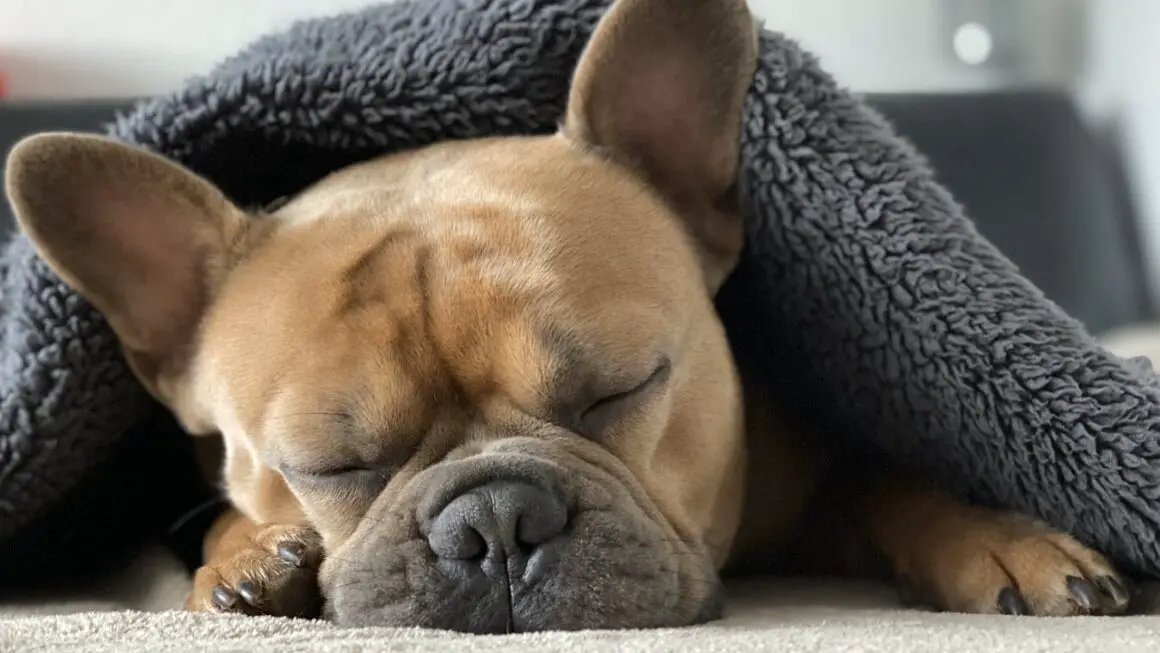Is your sleep leaving you feeling more exhausted than refreshed? Do you wake up with headaches, a sore throat, or find yourself constantly dozing off during the day? You might be one of the millions of people suffering from sleep apnea, a common yet serious sleep disorder. In this comprehensive guide, we’ll explore what sleep apnea is, its causes, symptoms, diagnosis, and treatment options, empowering you to take control of your sleep health and overall well-being.
Understanding Sleep Apnea
Sleep apnea is a sleep disorder characterized by pauses in breathing or shallow breaths during sleep. These pauses can occur multiple times per hour, disrupting your sleep cycle and leading to a variety of health problems.
What Happens During Sleep Apnea?
During an apnea event, the airflow to your lungs is either significantly reduced or completely blocked. This typically happens because the muscles in the back of your throat relax during sleep, causing the soft palate, tongue, uvula, and tonsils to collapse and obstruct your airway. Your brain senses the drop in oxygen levels and briefly awakens you to gasp for air, often without you even realizing it.
- Obstructive Sleep Apnea (OSA): The most common type, caused by a physical obstruction of the airway.
Example: Someone with large tonsils and a recessed chin might be more prone to OSA.
- Central Sleep Apnea (CSA): Less common, occurs when the brain doesn’t send proper signals to the muscles that control breathing.
Example: This can be associated with certain medical conditions like heart failure or stroke.
- Complex Sleep Apnea Syndrome: A combination of both OSA and CSA.
Statistics on Sleep Apnea
Sleep apnea affects a significant portion of the population, and its prevalence is rising.
- It’s estimated that over 25 million adults in the U.S. have sleep apnea.
- Many individuals with sleep apnea remain undiagnosed.
- OSA is more common in men than women, but the prevalence increases in women after menopause.
- Childhood sleep apnea affects approximately 1-4% of children.
Recognizing the Symptoms of Sleep Apnea
Recognizing the symptoms of sleep apnea is the first step towards getting a diagnosis and treatment. Many people are unaware they have sleep apnea, relying on a partner or family member to notice potential warning signs.
Common Symptoms of Sleep Apnea
- Loud Snoring: Often the most noticeable symptom.
Example: A partner might complain about the snoring being disruptive to their sleep.
- Gasping or Choking During Sleep: Another indicator of interrupted breathing.
Example: Waking up suddenly with a feeling of choking or gasping for air.
- Excessive Daytime Sleepiness: Feeling tired despite getting what seems like a full night’s sleep.
Example: Nodding off during meetings, while driving, or watching television.
- Morning Headaches: Often caused by reduced oxygen levels during the night.
Example: Waking up with a dull or throbbing headache that gradually improves during the day.
- Difficulty Concentrating: Sleep deprivation can impair cognitive function.
Example: Struggling to focus on tasks at work or school.
- Irritability and Mood Changes: Sleep apnea can affect your emotional well-being.
Example: Feeling easily frustrated, anxious, or depressed.
- High Blood Pressure: Sleep apnea is linked to an increased risk of hypertension.
Example: Regularly elevated blood pressure readings despite lifestyle changes.
- Decreased Libido: Sleep apnea can impact hormone levels and sexual function.
Example: Experiencing a reduction in sexual desire or performance.
- Nighttime Sweating: Sweating profusely during sleep, unrelated to room temperature.
Symptoms in Children
Children can also experience sleep apnea, often manifesting differently than in adults.
- Mouth Breathing: Frequently breathing through the mouth, especially during sleep.
- Bedwetting: Involuntary urination during sleep, even after being potty-trained.
- Poor School Performance: Difficulty concentrating and learning due to sleep deprivation.
- Hyperactivity: In some cases, children with sleep apnea may exhibit symptoms of hyperactivity.
- Snoring: While common in children, persistent or loud snoring should be investigated.
Diagnosing Sleep Apnea
If you suspect you have sleep apnea, it’s crucial to consult with a healthcare professional for proper diagnosis and treatment.
The Importance of a Sleep Study
The gold standard for diagnosing sleep apnea is a sleep study, also known as polysomnography. This test monitors various physiological parameters during sleep to identify and quantify sleep disturbances.
- In-Lab Sleep Study: Conducted at a sleep center, where sensors are attached to your body to monitor brain waves, eye movements, muscle activity, heart rate, and breathing patterns.
Example: Spending a night in a sleep lab, where trained technicians observe your sleep and collect data.
- Home Sleep Apnea Test (HSAT): A simplified version of the in-lab study that can be performed in the comfort of your own home. It typically monitors heart rate, oxygen levels, and breathing patterns.
Example: Using a portable device provided by your doctor to collect data while you sleep in your own bed.
Understanding Your AHI Score
The Apnea-Hypopnea Index (AHI) is a key metric derived from the sleep study. It represents the number of apnea and hypopnea events per hour of sleep.
- AHI < 5: Normal
- AHI 5-15: Mild sleep apnea
- AHI 15-30: Moderate sleep apnea
- AHI > 30: Severe sleep apnea
Additional Diagnostic Tests
Depending on your individual circumstances, your doctor may order additional tests to rule out other conditions or to further evaluate the severity of your sleep apnea. These might include:
- Physical Examination: To assess your airway and look for physical factors contributing to the condition.
- Blood Tests: To check for underlying medical conditions that may be associated with sleep apnea.
Treatment Options for Sleep Apnea
Fortunately, there are various effective treatment options available for sleep apnea, ranging from lifestyle changes to medical devices and surgical procedures. The best treatment approach depends on the severity of your sleep apnea and your individual needs.
Lifestyle Modifications
For mild sleep apnea, lifestyle changes can sometimes be sufficient to improve symptoms.
- Weight Loss: Obesity is a major risk factor for sleep apnea. Losing even a small amount of weight can significantly improve breathing.
Example: A 10% reduction in body weight can reduce the AHI score.
- Avoid Alcohol and Sedatives: These substances can relax the throat muscles and worsen sleep apnea.
Example: Refraining from drinking alcohol close to bedtime.
- Sleep on Your Side: Sleeping on your back can cause the tongue and soft palate to collapse into the airway.
Example: Using a positional therapy device or sewing a tennis ball into the back of your pajama top to prevent sleeping on your back.
- Quit Smoking: Smoking irritates the airways and can worsen sleep apnea.
Continuous Positive Airway Pressure (CPAP) Therapy
CPAP is the most common and effective treatment for moderate to severe sleep apnea. It involves wearing a mask over your nose or mouth that delivers a continuous stream of pressurized air, keeping your airway open during sleep.
- How it Works: The CPAP machine maintains a constant air pressure, preventing the collapse of the soft tissues in the throat.
- Mask Options: Various mask styles are available to suit different preferences and facial structures, including nasal masks, full face masks, and nasal pillow masks.
- Titration: The appropriate air pressure is determined during a sleep study or titration session.
- Challenges: Some people find CPAP therapy uncomfortable or have difficulty adjusting to wearing a mask. Common issues include mask leaks, dry mouth, and nasal congestion.
Oral Appliances
Oral appliances are custom-fitted mouthpieces that help to keep the airway open by repositioning the lower jaw or tongue.
- Mandibular Advancement Devices (MADs): These devices pull the lower jaw forward, creating more space in the airway.
Example: A device that resembles an athletic mouthguard, customized to fit your teeth and jaw.
- Tongue-Retaining Devices (TRDs): These devices hold the tongue in place, preventing it from falling back into the airway.
* Example: A device that fits around the tongue and prevents it from blocking the airway.
- Effectiveness: Oral appliances are generally effective for mild to moderate sleep apnea.
Surgical Options
Surgery may be considered for individuals with structural abnormalities that contribute to sleep apnea.
- Uvulopalatopharyngoplasty (UPPP): This procedure involves removing or reshaping tissues in the throat, such as the tonsils, adenoids, and uvula.
- Maxillomandibular Advancement (MMA): This more invasive surgery involves moving the upper and lower jaws forward to create more space in the airway.
- Tonsillectomy and Adenoidectomy: Removal of the tonsils and adenoids, often performed in children with sleep apnea.
- Nasal Surgery: Procedures to correct nasal obstruction, such as septoplasty or turbinate reduction, can improve airflow and reduce sleep apnea symptoms.
Conclusion
Sleep apnea is a serious condition that can have significant impacts on your health and quality of life. By understanding the symptoms, diagnosis, and treatment options available, you can take proactive steps to manage your sleep apnea and improve your overall well-being. If you suspect you have sleep apnea, don’t hesitate to consult with a healthcare professional for proper evaluation and personalized treatment recommendations. Prioritizing your sleep health is an investment in your long-term health and happiness.




